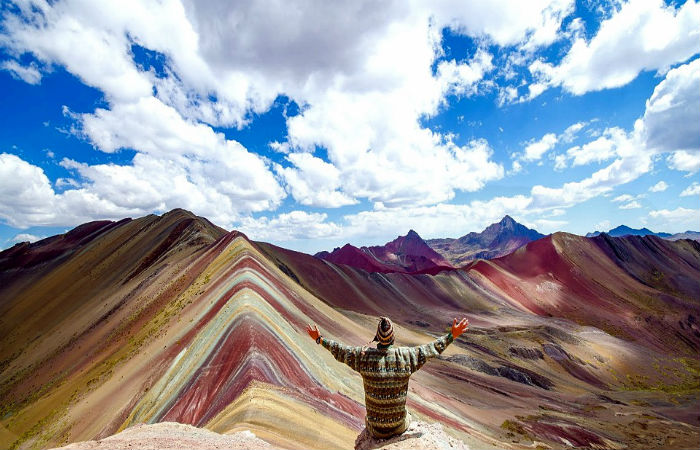RIO DE JANEIRO, BRAZIL – The renowned international travel and tourism magazine Lonely Planet has compiled a list of 10 places in Peru that will make your visit to Peru unforgettable.
They highlight these places that stand out for their fabulous monuments and impressive archaeological remains. Their varied and unique topography is expressed in magnificent natural landscapes that will give you wonderful travel experiences.
Read also: Check out our coverage on Peru
The article “Ten experiences that make a trip to Peru so unforgettable”, written by Caroline Miranda, highlights the snow-capped peaks of the Andes as ideal places for hikers and mountaineers. At the same time, the desert coast, with its impressive waves, attracts surfers and water sports enthusiasts. And the lush Amazon River, which dominates the Peruvian territory, offers a true paradise of biodiversity with fauna and flora of impressive beauty and uniqueness.
INCA-WAY
Lonely Planet describes the Qhapaq Ñan, or Inca Road System, as a winding path that ascends from the depths of the Urubamba Valley in Cuzco through steamy cloud forests, with numerous archaeological remains that have withstood the test of time.
“For the Incas, this road was the main access to the magnificent citadel of Machu Picchu. For the thousands of travelers who walk the Inca Trail each year, it is a pilgrimage: a four-day hilly trek through magnificent landscapes, at the end of which is Peru’s most spectacular archaeological site,” says the article’s author, Carolina Miranda.
She advises visitors who plan to travel during the high season (June-September) to be sure to buy their tickets in advance.
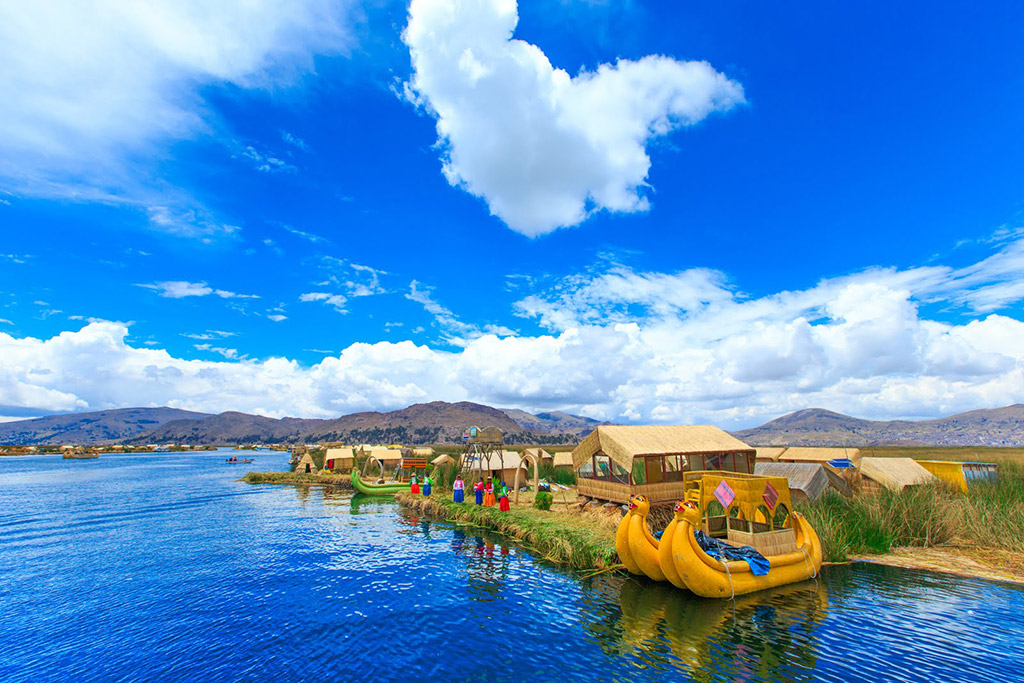
The mythical and highest lake in the world, Lake Titicaca, is an ideal destination for Lonely Planet to live an unforgettable travel experience, get to know its unique floating islands inhabited by descendants of ancient civilizations such as the Aymara, and spend a magical night with its incredible sunrise and sunset.
“According to Andean beliefs, Lake Titicaca is the birthplace of the sun. Looking at the sapphire-colored waters of the largest lake in South America, it is hard to resist certain magic. An overnight stay on one of the floating islands is the best way to get to know this place with its small rural settlements, where life is in rhythm with the seasons. And the best part? Sunset surrounded by the shimmering waters of the lake,” says the publication.
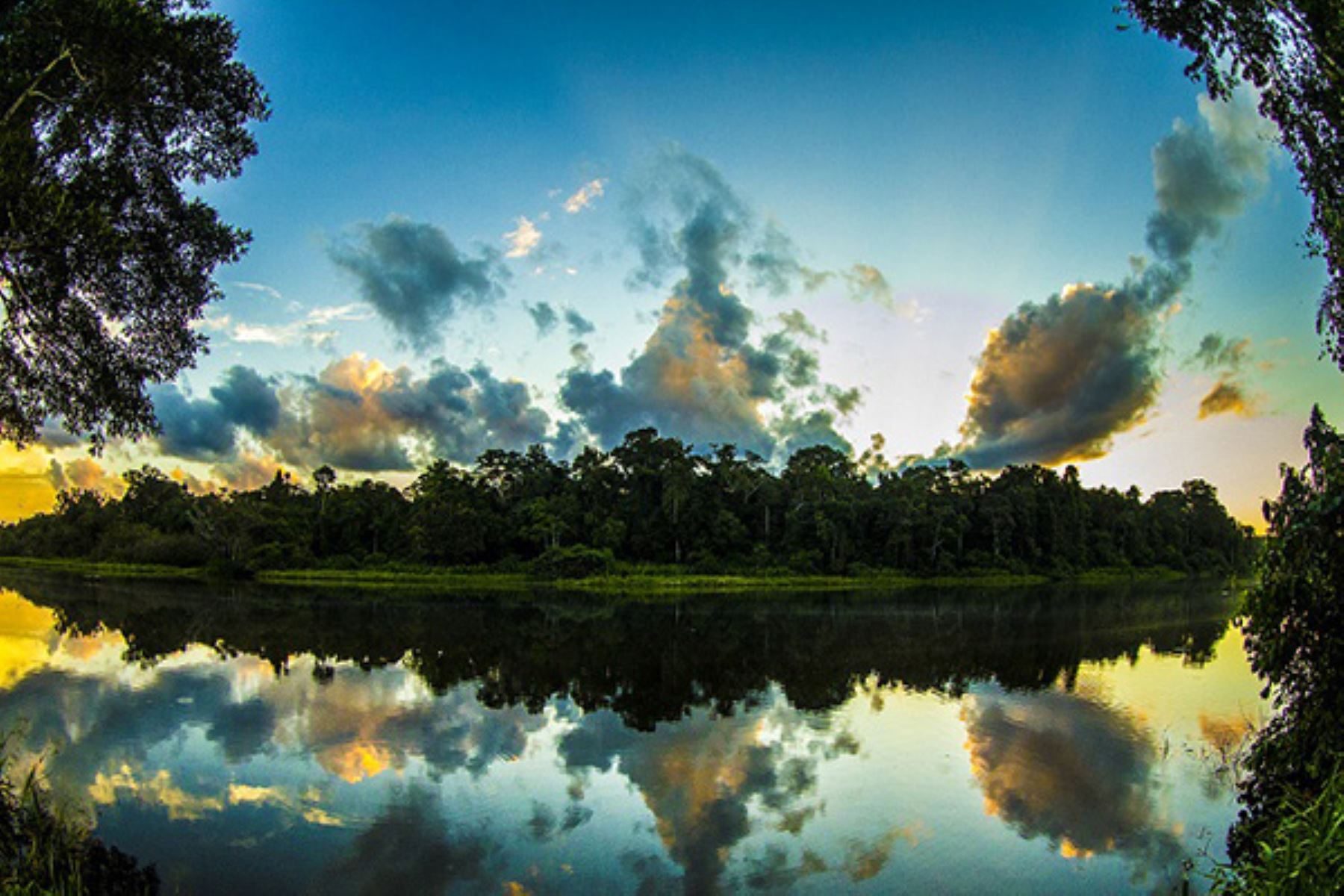
The Peruvian Amazon is another unique place that captivates foreign visitors. Lonely Planet particularly highlights Manu National Park, a branch of paradise located in the Amazon region of Madre de Dios and Cusco.
“This wet network of rivers is a feast for wildlife viewing, from tapirs to ocelots and flocks of bright, chattering macaws,” says the guide.
Lonely Planet advises travelers who want to visit Manu National Park to keep in mind that there are more opportunities for kayaking on small tributaries during the high-water season (December-May) while the low-water season (June-November) is ideal for jungle trekking.
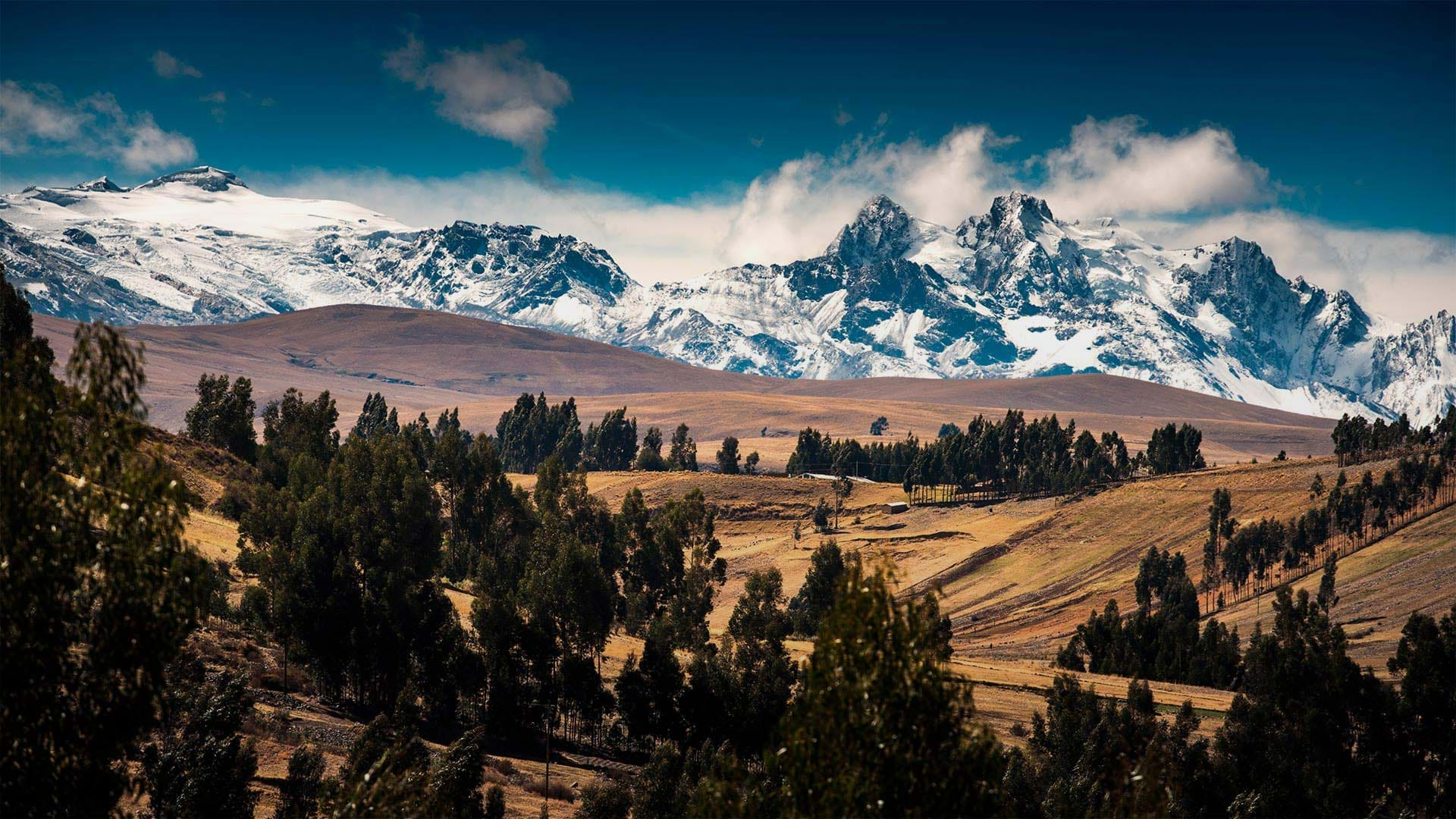
Lonely Planet says even the most die-hard TV junkie will want to strap on a backpack and head out to see this fantastic Peruvian destination.
“A network of rugged peaks covered in glistening white snow attracts avid high-altitude hikers as they meander through lakes and tiny Andean villages. If the altitude doesn’t take your breath away, the views certainly will,” says the article’s author.
She advises an eight-hour bus ride from Lima to Huaraz, where it’s wise to spend a night or two to get used to the altitude – slightly over 3,000 meters. “Here, you’ll find a variety of hiking guides offering hikes in the Cordillera Blanca of all lengths and levels of difficulty. Whether it’s the hike to Laguna 69 starting in Cebollapampa, the popular four-day hike to Santa Cruz, or the strenuous week-long hike to Alpamayo Base Camp, all options are scenic adventures.”
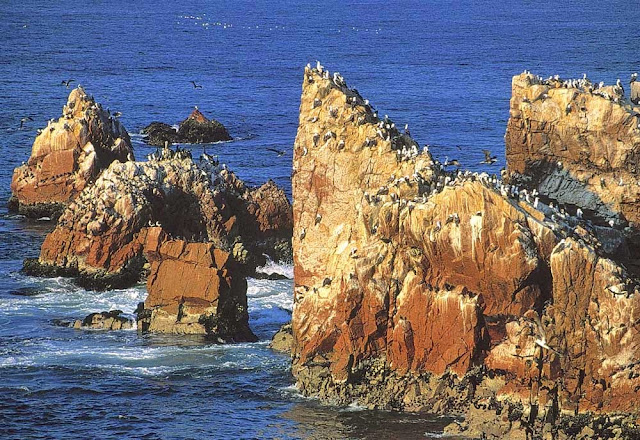
“Off the Paracas Peninsula on Peru’s southern coast, the small rocks known as the Ballestas Islands don’t look like much from a distance. But board a boat, and you’ll see a variety of wildlife: honking sea lions, struggling Humboldt penguins and colonies of Peruvian boobies,” recommends Lonely Planet.
The author adds that the islands are not called “the poor man’s Galapagos” for nothing. Back on land, perhaps for lunch of ceviche or parihuela (seafood soup), ponder the mysterious geoglyph “El Candelabro,” whose origin and meaning are still unknown.
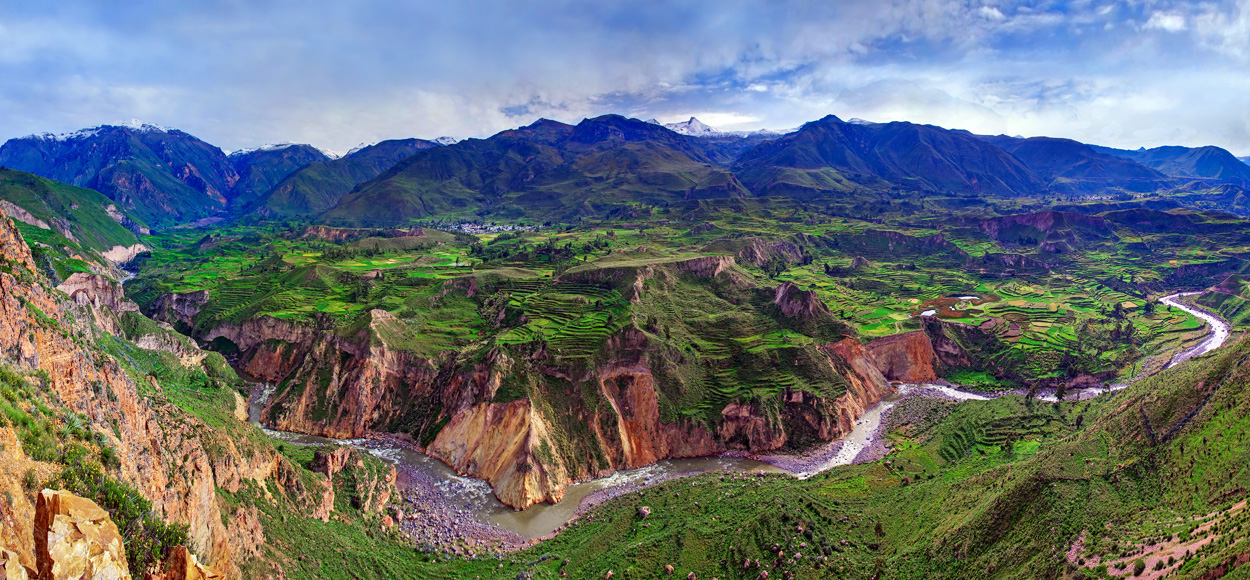
This international publication highlights the breathtaking beauty of the landscape with its terraced slopes and the high-altitude Andean communities that live in the area, and the majestic flight of the condors.
“Did we mention the condors that fly with the wind currents? From Chivay, visitors can explore the canyon on short day hikes or even hike to the bottom of the canyon (about 4,000 feet from the trailhead) and return before nightfall,” Miranda says.
Lonely Planet recommends immersing yourself in the enchanting scenery and perhaps visiting the Chivay hot springs to re-energize and refresh yourself. And there’s one thing no traveler should miss in the Colca Valley: the local delicacy “Chupe de Camarones,” a succulent soup made from the crayfish that delights the palate.
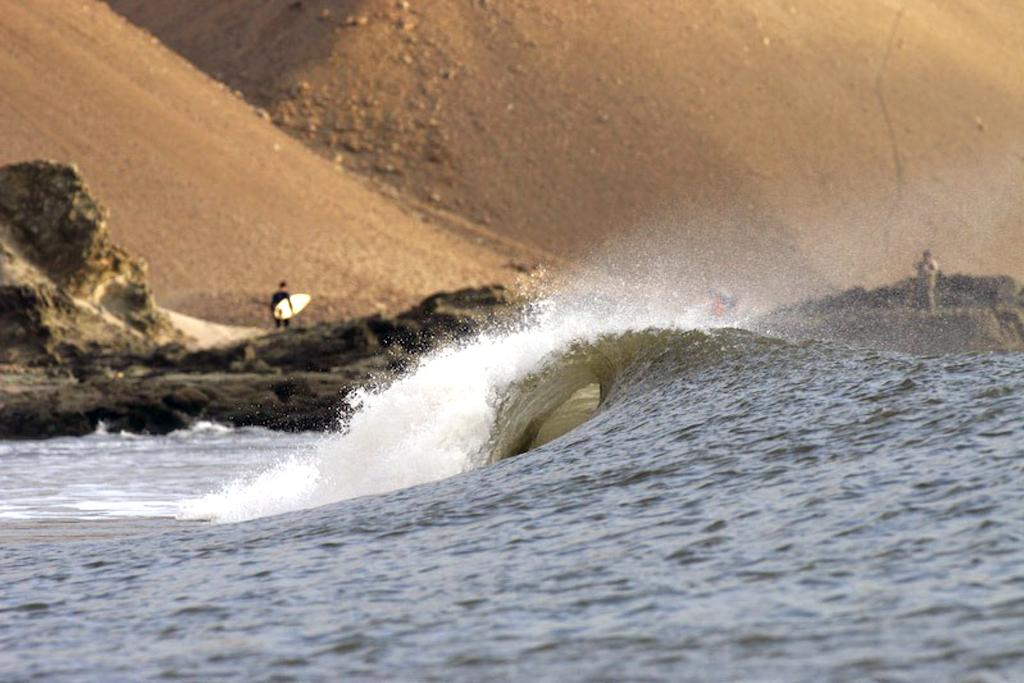
Lonely Planet points out that Peru’s extensive coastline, more than 3,000 kilometers long, offers a veritable buffet of experiences for surfers, with big waves and uncrowded breakers.
“The best waves can be found by surfers on the coast north of Lima in the resorts of Huanchaco and Chicama, which are just outside the city of Trujillo (an hour’s flight or eight hours by bus from Lima). For guaranteed sunshine, it is advisable to head further north to Mancora, where surfing, seafood, and slow living go hand in hand,” stresses the prestigious travel and tourism magazine.
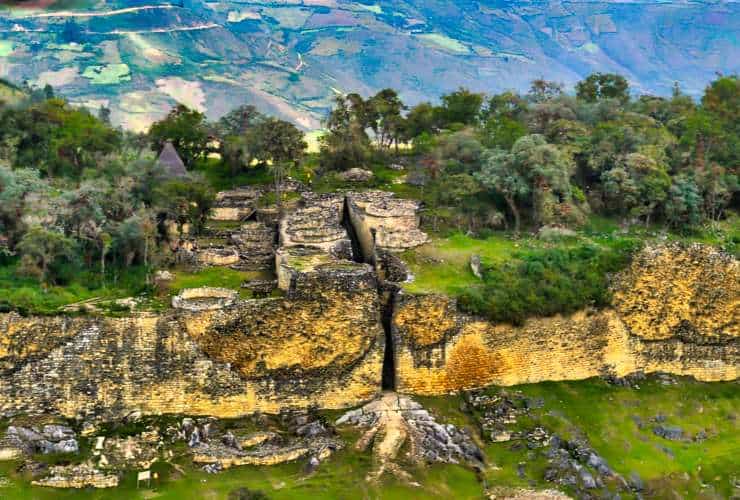
The fortress of Kuélap is considered the Machu Picchu of northern Peru and is one of Lonely Planet’s recommended destinations. “The Andes are dotted with the remains of ancient cities. Kuélap is among the most magnificent: a walled citadel built by the Chachapoya people on a mountaintop in the cloud forest of northern Peru,” Miranda says.
She points out that the views of the Utcubamba Valley from Kuelap are breathtaking. “The buildings are unusual, and the journey here through timeless rural settlements is unforgettable,” she says.
She points out that there are three ways to get to the top of Kuélap: by car (a two-hour drive from Chachapoyas), on foot (a six-hour round-trip hike that begins in the town of Tingo Viejo), or by cable car, which has been in operation since 2017 and requires only a 20-minute ride to the summit, from which you can admire the imposing Amazon jungle ridge.
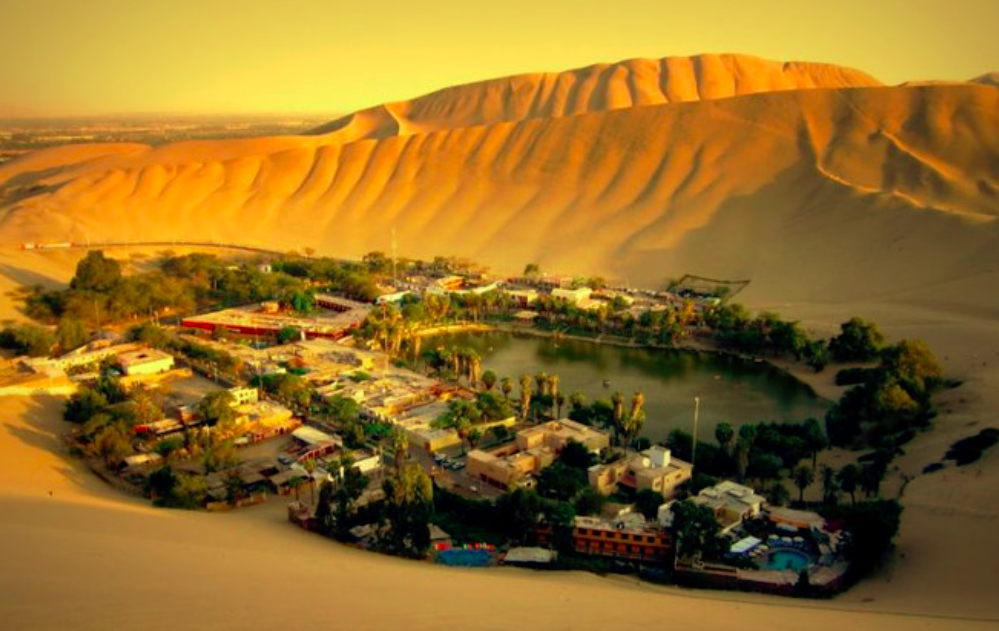
The idyllic landscape of Huacachina Oasis in the Ica region is also recommended by Lonely Planet as a must-visit destination in Peru.
“Huacachina, a small oasis in the desert of southern Peru, offers one of the country’s most unusual adrenaline rushes: the chance to drive to the top of a dune the size of a small building, strap on a board, and then fly down a towering wall of sand. Not up for boarding? Ride a buggy through the dunes instead. At one of the bars or restaurants that line the lagoon, you can hear about mermaids, Inca princesses, and lost lovers. The legend of the origin of Huacachina is a funny story,” writes the prestigious travel and tourism magazine.
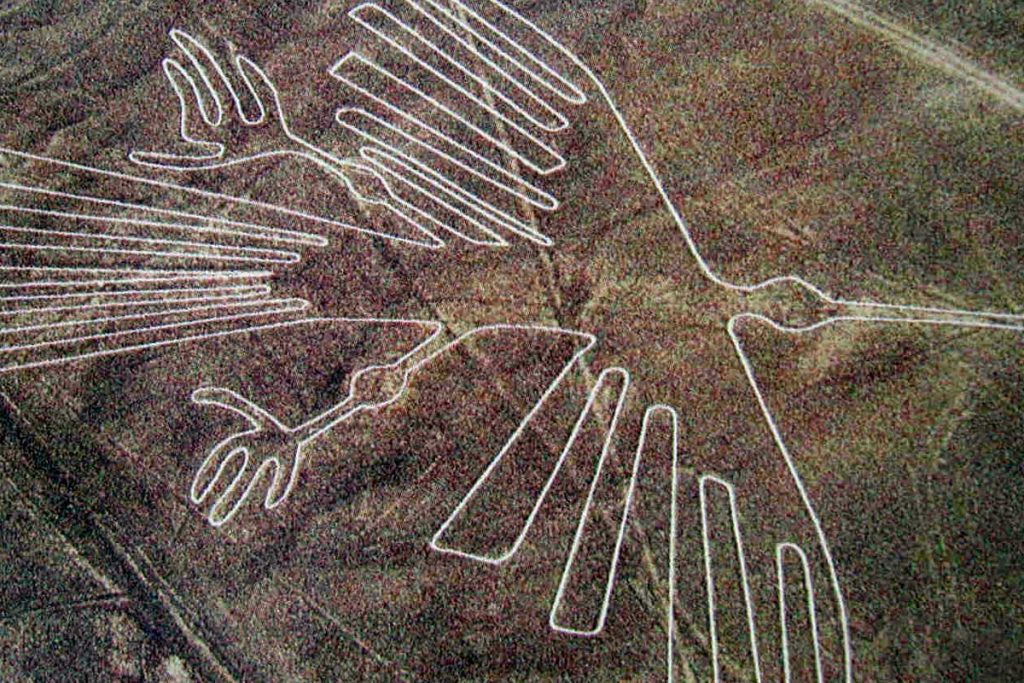
The enigmatic Nazca Lines and geoglyphs could not be left off the list of ten must-see destinations in Peru for unforgettable travel experiences compiled by Lonely Planet magazine.
“One of the greatest mysteries on Earth lies quietly on the arid Peruvian coast. The Nazca Lines consist of more than 70 ancient geoglyphs depicting animal figures and other large shapes that can only be seen from the air. No one knows their purpose,” the article describes.
For an incredible out-of-body experience, he recommends flying over these pre-Columbian pictographs in the early morning hours.


